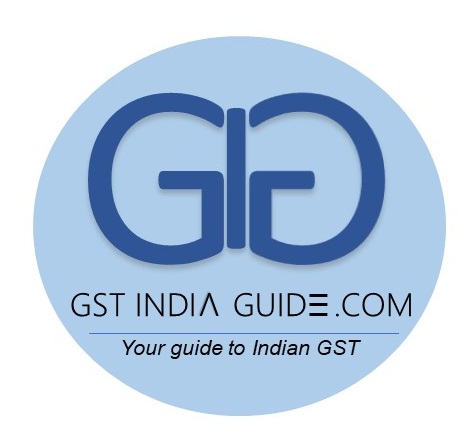A nine-judge bench of the Supreme Court recently upheld the validity of the states’ entry tax legislations while repelling the challenge that they interfere with free trade and commerce across the country.
In the past, the court had insisted upon satisfaction of the ‘compensatory test’ whereby the states were required to exhibit that the entry tax proceeds were spent towards conferring identifiable benefit to their payor. This decision reverses the law and removes this requirement declaring it as an aberration to the autonomy and sovereignty of states’ fiscal powers.
By majority the Supreme Court has opined that non-discriminatory taxes do not interfere in the free movement of goods across the territory of India. Even though there is international consensus that taxes/ tariffs constitute the most common form of trade-barriers, the Supreme Court has ruled that taxes per se are not trade barriers. In the opinion of the court, the Constitution only prohibits a fiscal scenario of hostile discrimination and trade-barrier between the states. Simultaneously the court has also ruled that there is no discrimination only on account of (a) high tax rates on goods brought from outside state or (b) taxes on such goods even where such goods are not locally produced within the state. This is so as in the opinion of the majority of the judges, autonomy and sovereignty of the states in enacting fiscal legislations has to be given due weight. It appears that this revised threshold for challenge is kept so high by this decision that in practice it will be difficult to challenge any entry tax levy.
While these aspects may indeed be the outcome of Constitutional interpretation, the concept of Entry Tax per se do no auger well for business. These taxes are applied in various forms — border taxes, octroi, market-fee, local-body-tax, etc. Further, their rates vary and set-off mechanism also differ on state-to-state basis. Thus compliances of entry tax tend to be a nightmare. Their practical application is often mired in numerous disputes and often leads to situation of double taxation, thus rendering the Constitutional inspiration of a common market as a mere illusion.
This decision severely affects the industry in ways more than one. Even though the nine judges have left it to the regular benches of the Supreme Court to decide on the fate of state-specific legislations, in the wake of this categorical ruling, it appears unlikely that further challenges will survive. With this decision, therefore, the pending demands of tax, along with applicable interest and penalties, are likely to be confirmed against business. Most of these disputes have been pending for long, some for almost a decade. On this count the interest costs will also be significant. Most states impose entry taxes. Therefore this decision affects almost all businesses involving inter-state movement of goods. With different taxation regimes and compliance issues on account of state-wise entry tax regulations, the scope to effectively trade in goods on a pan-India basis is likely to be significantly affected in the wake of this decision.
As a way forward, given that onset of Goods and Services Tax (GST) is imminent, there will be two specific aspects for industry to look out for. Firstly, most states intend to commence GST regime on a clean slate. To this end, amnesty schemes have already been floated in some states so as not to carry the legacy of past disputes in GST regime. The industry can press for similar schemes to ensure that the pending entry tax disputes culminate at the earliest despite this wide-faceted decision.
Secondly, it appears from news reports that the state governments have recently agreed on the GST compensation formula whereby the Central government has assured growth over the existing figures of revenue-collection. The impetus to the states’ power to impose entry taxes by this decision and the consequent increase in the revenue figures of the states may pose a challenge for the Central government to match their compensation obligation in the GST regime. One would hope that the GST offers sufficient revenue buoyancy to ensure that its benefits are not jeopardised.
On an additional aspect, the Supreme Court has declined to rule on the meaning of expression ‘local area’ which is also a crucial aspect for GST purposes. The Constitutional amendment for GST takes away the powers of the state to impose entry taxes. However, the power of municipalities and other local bodies to impose such taxes is retained. That these bodies can continue to impose entry tax has also been acknowledged by the finance minister on the floor of the Rajya Sabha. One would hope that a clear policy is framed which regulates the power of these local bodies to impose taxes such that there is no impediment to the idea of a common market which GST seeks to achieve.
The Indian Express,06 December 2016
